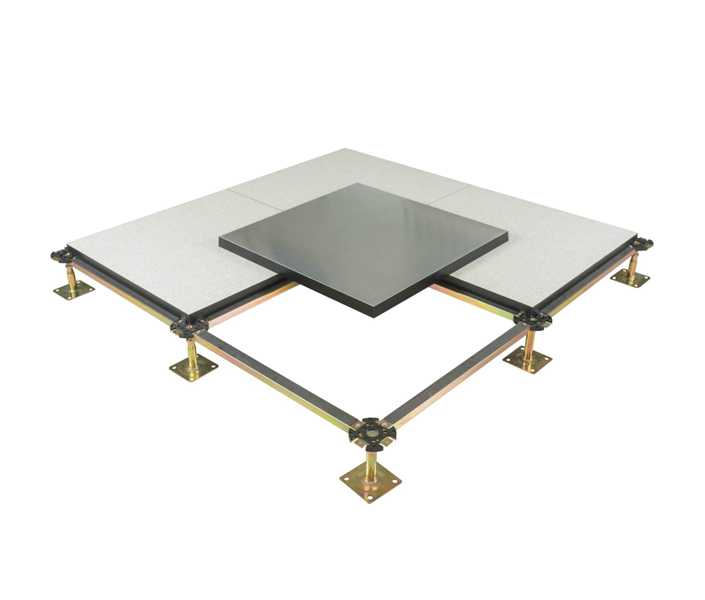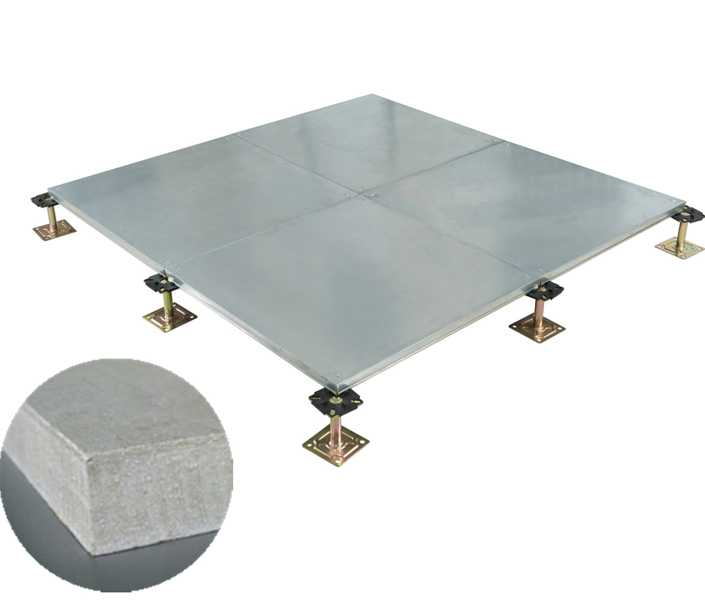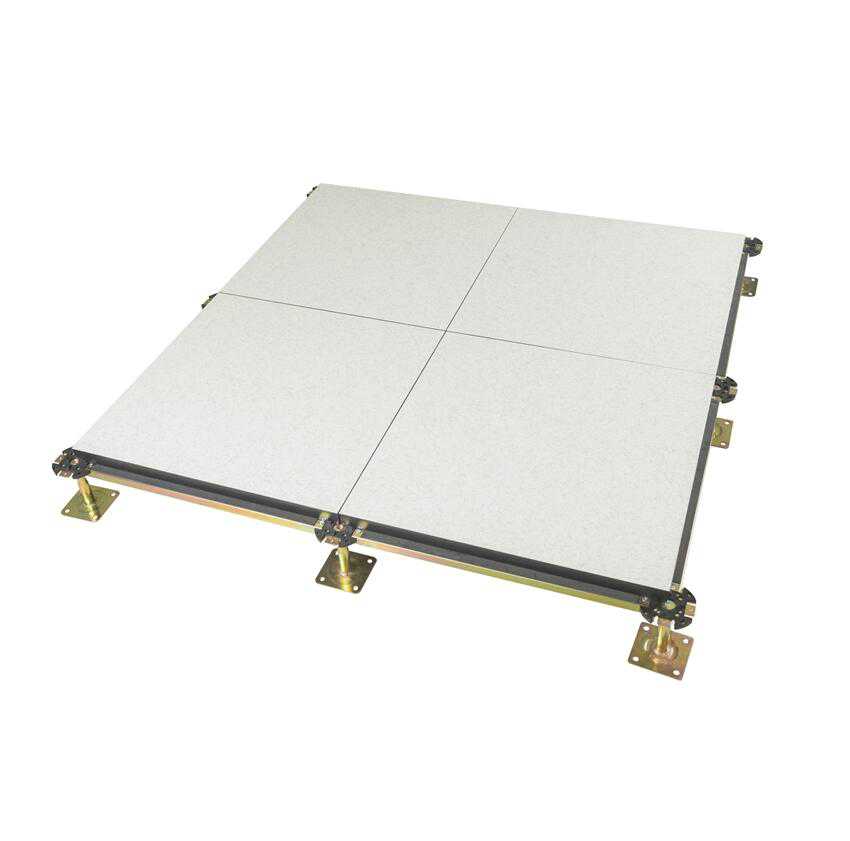Products
Calcium Sulphate Core Panel
Calcium Sulphate Raised Floor
Wood Core Raised Floor
Steel Raised Floor
Ceramic Finish Raised Floor
Aluminum Raised Floor
Airflow Raised Floor
Glass Viewing Panel
Accessories
Raised Floor Finishes
Anti-static Raised Access Floor
Data Center Raised Floor
Office Building Raised Floor
Residential Raised Floor Systems
Customized Raised Floor
Saw machine for raised floor
Ceramic Finish Calcium Sulphate raised floor
Abeite Calcium Sulphate Raised Floor is hot selling product, it’s made by 100% green environmental protection natural gypsum powder. From the selection of materials, procurement, production, packaging, are following the Chinese and PSA MOB PS/SPU、DIN EN 12825 specifications. With the German brands Mero and Lindner as the goal, to provide our customers with high-quality products.
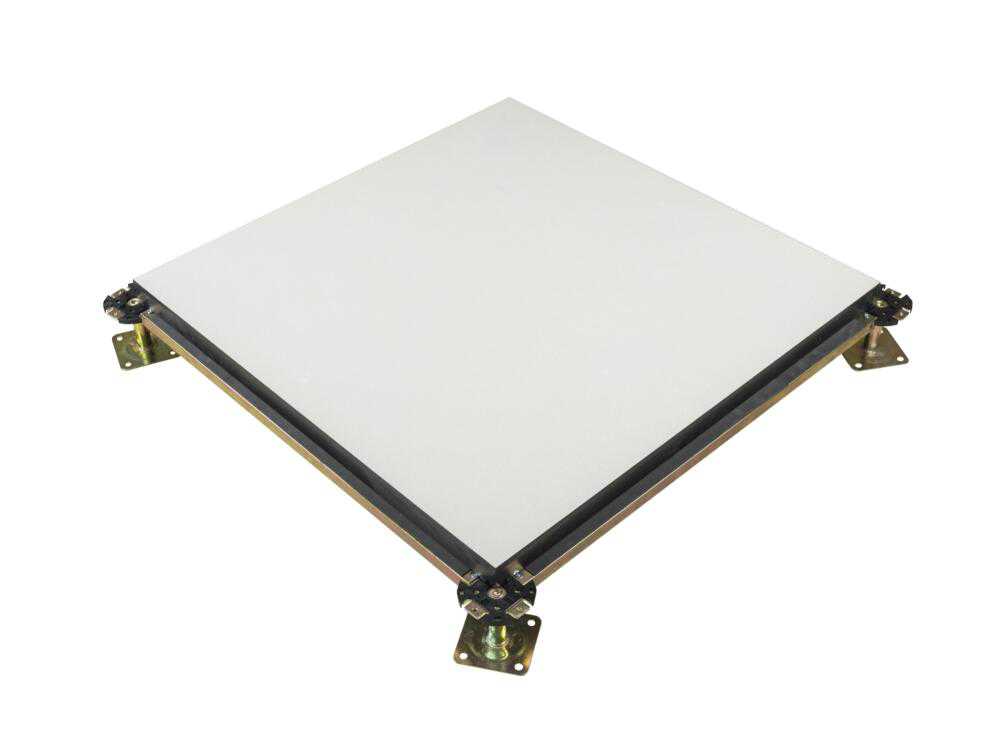
Type: | FS662-1500 |
Finished Floor Height: | 70-2000mm |
Panel Size: | 600*600mm、800*800mm and special size |
Ceramic Thickness: | 10/12mm |
Ceramic Type: | Normal ceramic and Anti-static ceramic |
Characteristics:
1、Stable electrostatic performance, Class A fire, sound insulation, dust and dirt
resistance, chemical corrosion resistance;
2、Strong surface wear resistance, the hardness of 7 degrees Mohs, easy to clean;
3、No deformation, no dust, strong carrying capacity, combined with ceramic
characteristics, anti-aging, the service life of more than 60 years;
4、Variety of colors, including pure white, wood grain, etc., beautifully paved,decorative;
5、OEM is available;

Applications:
Data Centers、Commercial Buildings、Educational Facilities、Clean Rooms、Control Rooms、
Libraries and places where require anti-static environment or have many wires.
Specification:
Type | Size | Concertrated Load Defleation≤2.5mm | Uniform Load | Ultimate Load | System Resistance | ||
mm | LBS | KN | KG | KN/㎡ | KN | Ω | |
FS662 | 600*600 | 662 | 2.95 | 300 | 12.50 | 8.85 | 1.0x106-1.0x109 |
FS800 | 800 | 3.56 | 363 | 16.10 | 10.68 | ||
FS1000 | 1000 | 4.45 | 454 | 23.00 | 13.35 | ||
FS1250 | 1250 | 5.56 | 567 | 33.00 | 16.68 | ||
FS1500 | 1500 | 6.67 | 680 | 34.50 | 20.02 | ||
FS2000 | 2000 | 8.90 | 906 | 46.00 | 26.70 | ||
Ceramic Color

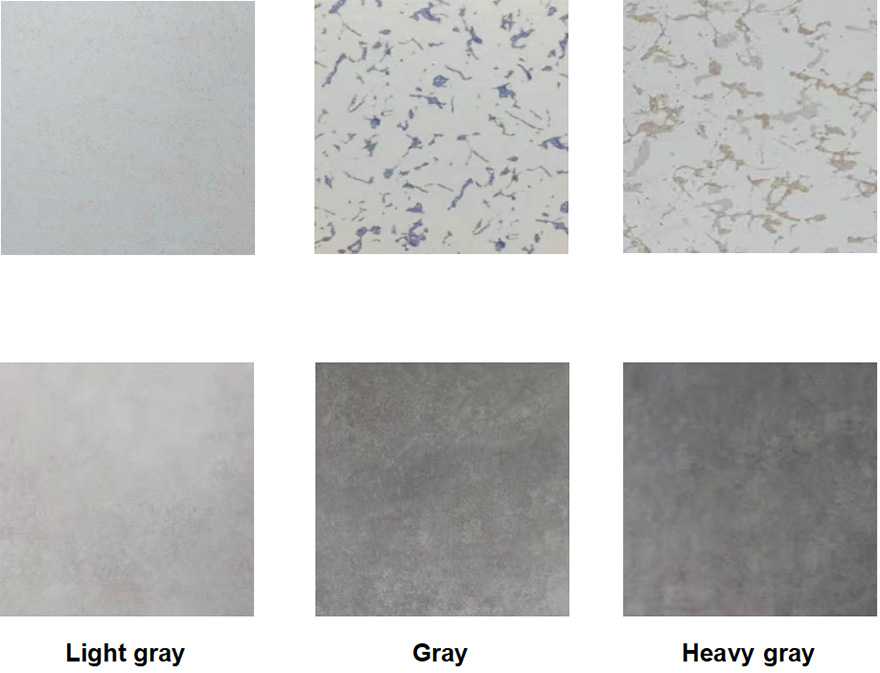



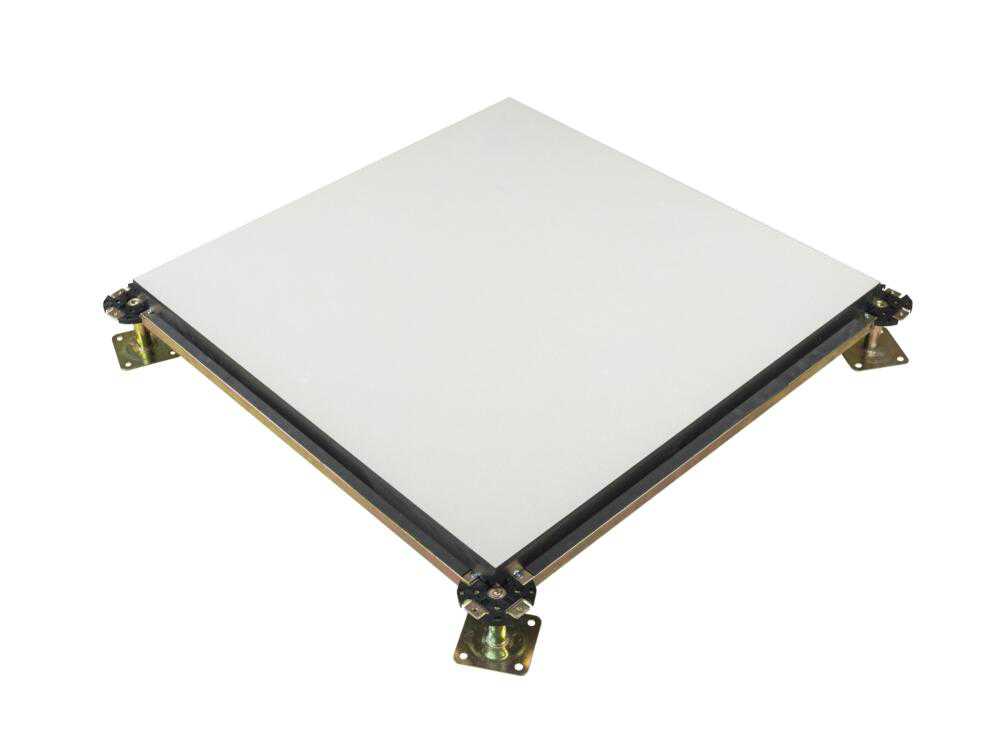
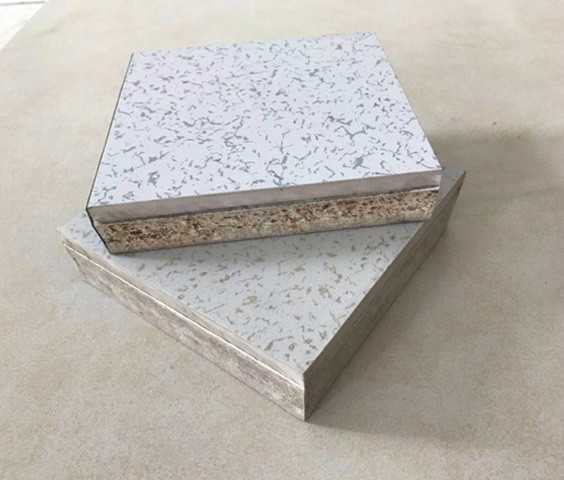
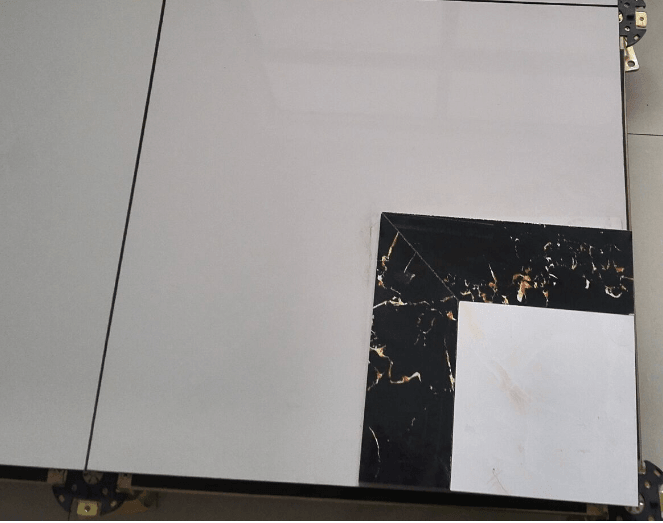
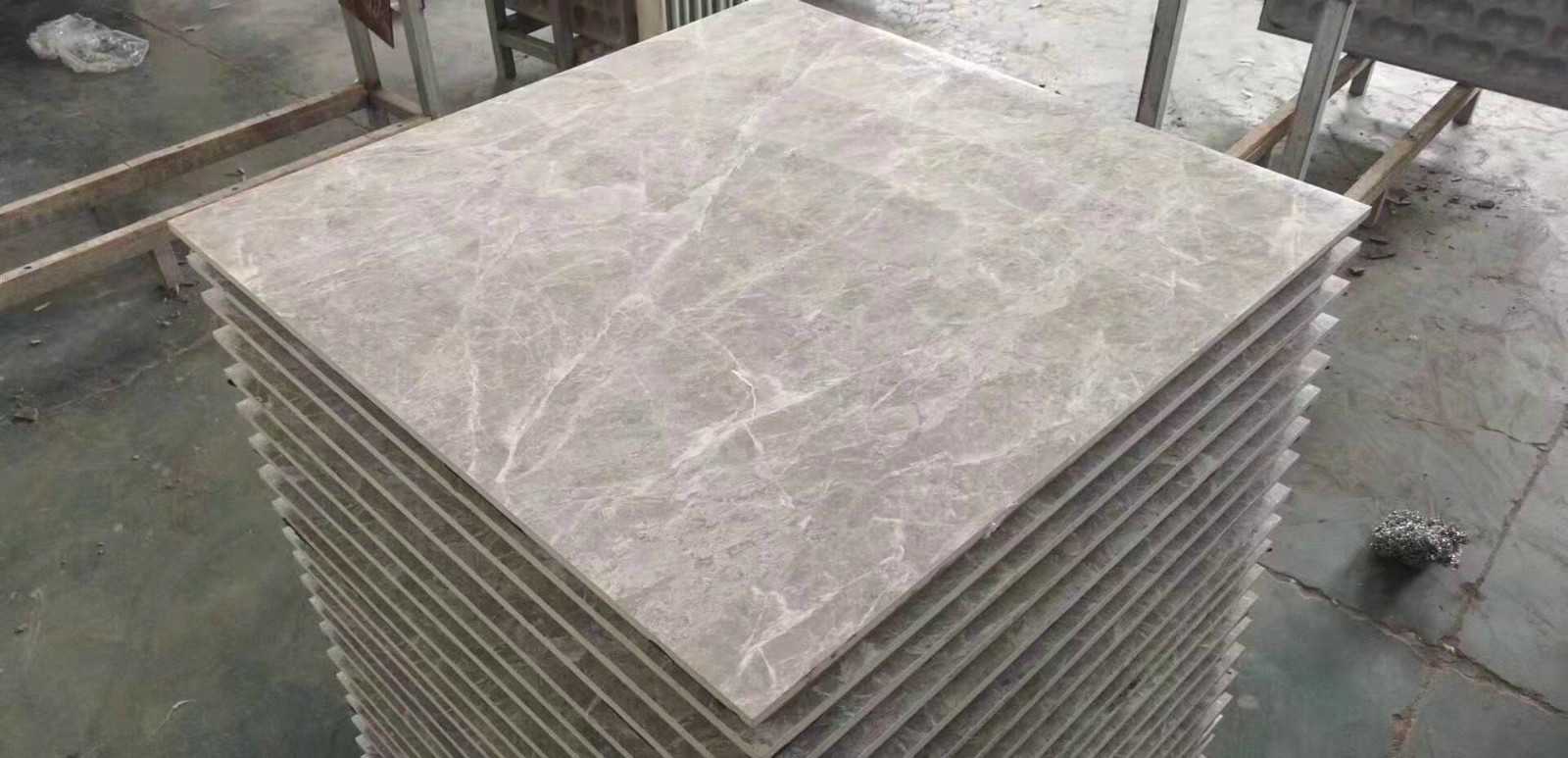
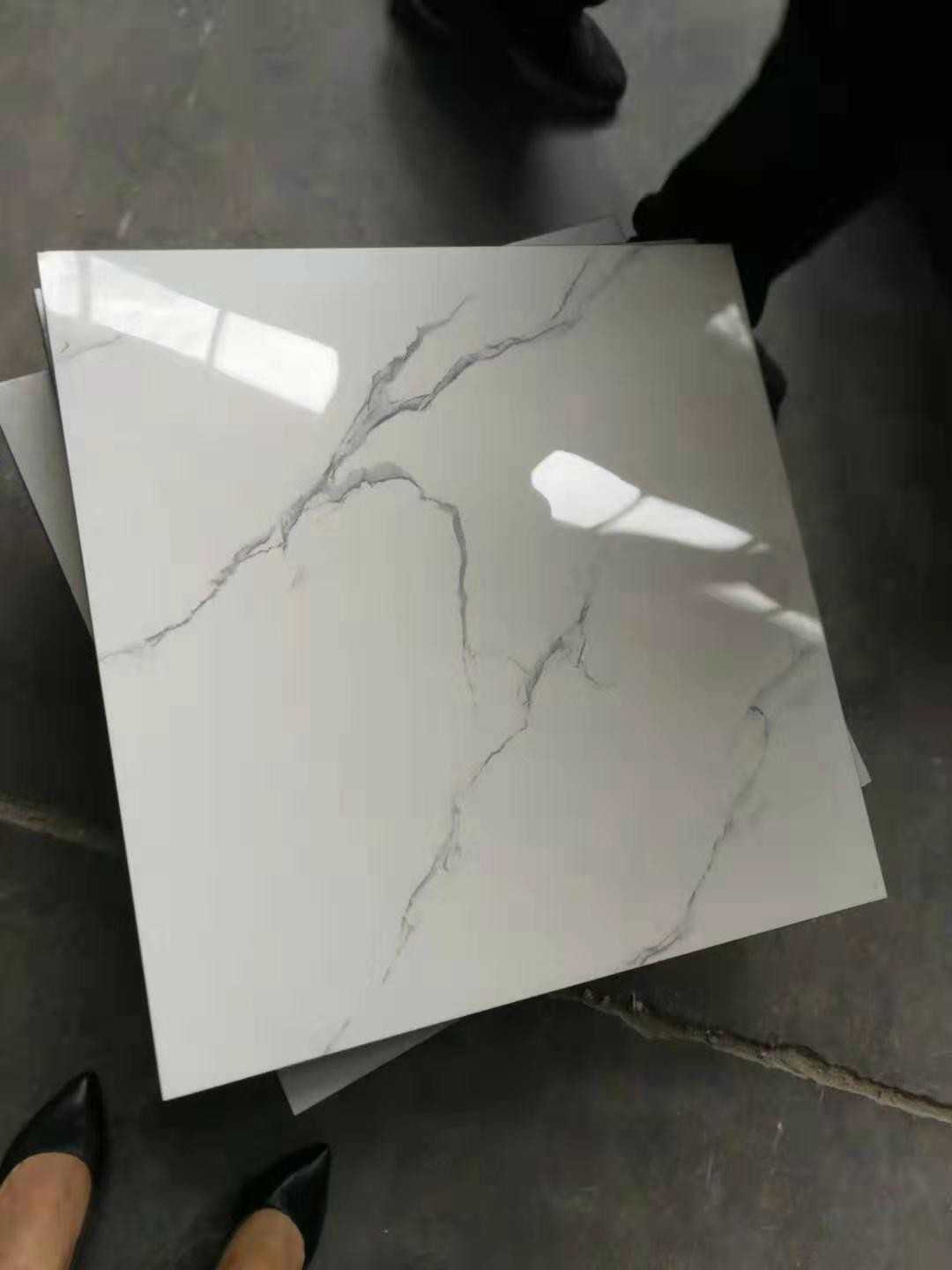
 Download
Download
